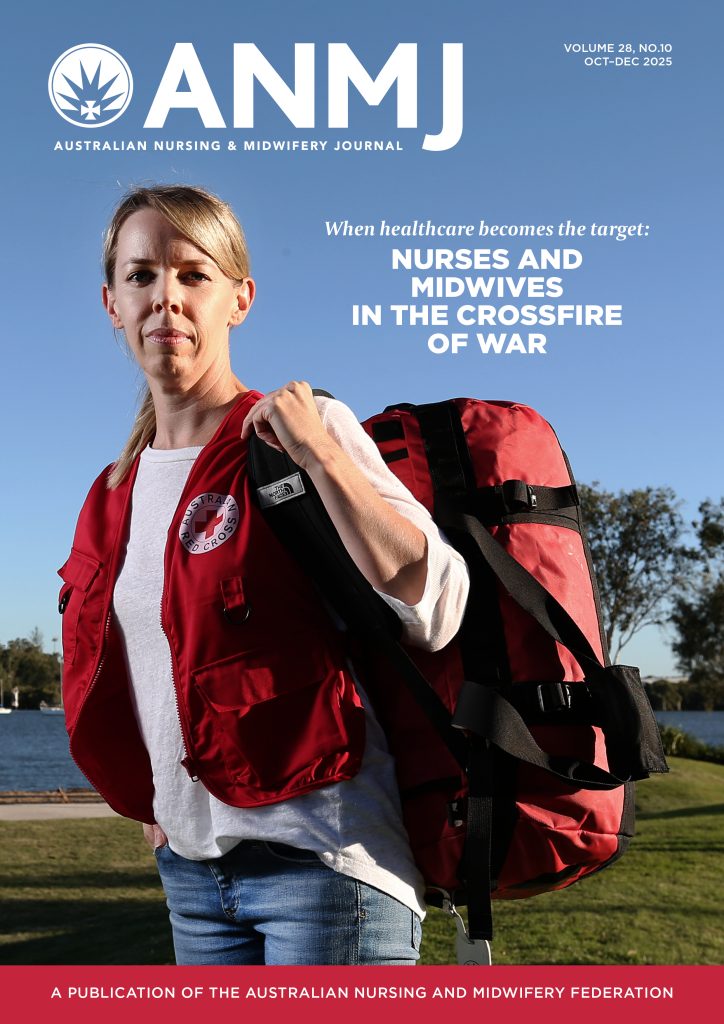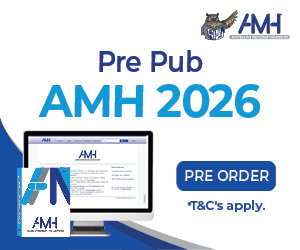Antenatal colostrum expression is on the rise, with Western Australian research showing that around half of pregnant mums in Perth are giving it a go.
Antenatal colostrum expression (ACE) involves hand expressing of colostrum in the last few weeks of pregnancy. Any colostrum that can be expressed can be stored and frozen and used in place of formula in hospital, if required.
Being fed colostrum for the first few days of life has many benefits which are now more well known, said lead researcher, Associate Professor Therese O’Sullivan, from Edith Cowan University (ECU).
“Although the function of the breasts is to produce milk to feed infants, the purpose of colostrum specifically is to provide a concentrated, low-volume milk.
“Colostrum has been referred to as ‘liquid gold’ for infants, reflecting both its yellowish colour and the nutritional composition, rich in developmental and immunological factors.”
Colostrum is the first type of breast milk produced by a pregnant mother and provides important nutrition for the newborn for up to around three days post birth. After which time there is a change to transitional milk for approximately two weeks, followed by the production of mature breast milk.
“This thick fluid assists the newborn in mastering the coordination of sucking, swallowing, and breathing necessary during breastfeeding. Nutritionally, human colostrum is the perfect food for human newborns. Compared to mature breast milk, it is richer in proteins, particularly antibodies that play an important role in immune defence,” said Associate Professor O’Sullivan.
ACE is likely to continue in popularity for its role in increasing breastfeeding confidence in pregnancy, assisting with development of hand expressing skills, and decreasing reliance on formula use in the early days of life.
“Having a supply of antenatal colostrum available is particularly relevant for newborns who are at higher risk of hypoglycaemia, including babies of mothers with diabetes, babies with oral issues like cleft lip or palate, preterm babies and small or large for gestational age babies. [pull quote]
“Traditionally, these babies are given formula to help increase blood glucose levels quickly. However, if mothers have collected colostrum during pregnancy, this can be used in place of formula if required,” Associate Professor O’Sullivan said.
Previous research has demonstrated that ACE is safe for low-risk women when performed from around 36 weeks’ gestation. Ideally colostrum collected during pregnancy would be kept safely frozen during the hospital stay and only defrosted and used during the stay if medically indicated, with parents supported through that process.
Although ACE does not appear to improve long term breastfeeding rates at present (research is still currently underway in this area), it can increase confidence around breastfeeding, Associate Professor O’Sullivan said.
“Women should be reassured that the skill of hand expressing is a valuable tool post-birth, regardless of whether they are able to collect colostrum antenatally or not.
“Alongside this, we also need to ensure that pregnant women are well supported to help limit anxiety around a potential inability to express colostrum antenatally, and for appropriate use of antenatal colostrum during the establishment of breastfeeding.”








